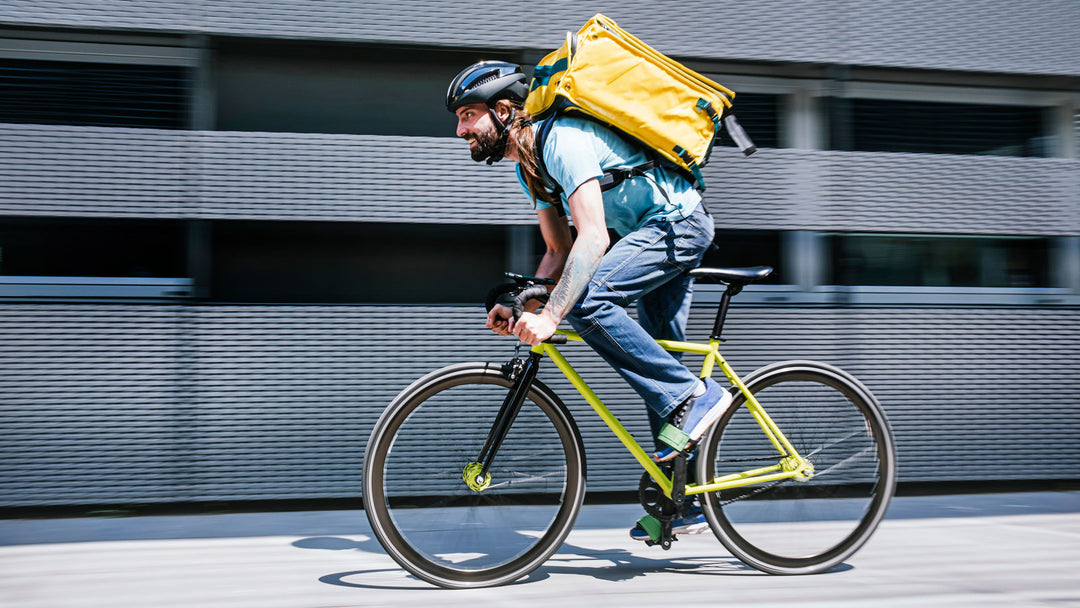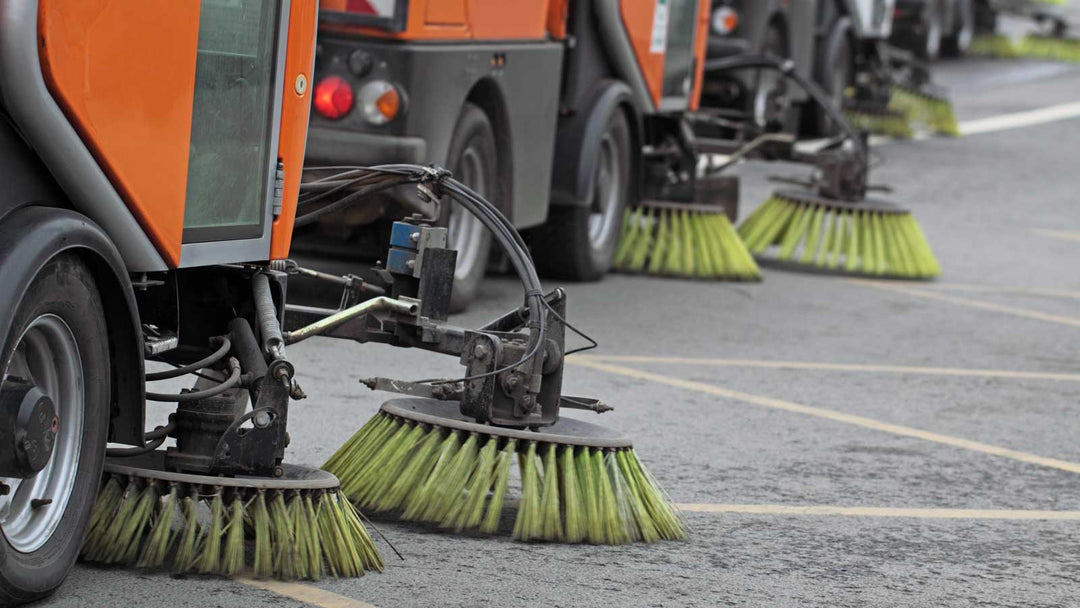Road Runner Bags Large Anything Backpack 33L
Cycling backpacks are essential gear for cyclists of all levels, providing the perfect blend of functionality and comfort. Whether you're embarking on a long-distance tour, commuting through the city, or hitting local trails, the right backpack can make all the difference. This guide will explore the features, benefits, and tips for choosing the best cycling backpack, ensuring you're fully equipped for your next adventure.

Who This Is For
This guide is designed for cyclists ranging from weekend warriors to seasoned pros. Whether you’re commuting to work, enjoying leisurely rides with family, or tackling challenging trails, understanding the nuances of cycling backpacks will enhance your experience. It's for anyone who values craftsmanship, reliability, and the joy of cycling in a community.Standout Features Across the Line
Cycling backpacks come with a variety of features tailored to meet the needs of different riders. Key aspects include: 1. **Capacity**: Ranging from compact day packs to larger models like the Large Anything Backpack: 33L, capacity is crucial for carrying essentials such as tools, snacks, hydration systems, and extra layers. 2. **Material**: Durable fabrics like 1000D Cordura and water-resistant zippers ensure longevity and protect your gear from the elements. 3. **Comfort**: Look for padded shoulder straps and breathable back panels to enhance comfort during long rides. A well-designed pack distributes weight evenly, reducing strain on your back. 4. **Accessibility**: Features like front closure straps and multiple compartments allow for easy access to your gear, keeping you organized on the go. 5. **Safety**: Reflective materials and bright colors increase visibility, making you safer on the road, especially during low-light conditions. 6. **Versatility**: Many backpacks are designed for multi-sport use, making them suitable for cycling, hiking, or daily commutes.How to Choose the Right Variant
When selecting a cycling backpack, consider the following factors: 1. **Purpose**: Determine your primary use. Are you commuting, touring, or mountain biking? Each activity may require different features. 2. **Size**: Choose a size that fits your needs. A larger pack like the Large Anything Backpack: 33L is ideal for long rides or tours, while a smaller pack may suffice for short commutes. 3. **Fit**: Ensure the backpack fits comfortably and securely. Adjustability in straps and a snug fit can prevent bouncing while riding. 4. **Weight**: Lightweight materials can help reduce fatigue, especially on longer rides. However, ensure that the lightweight design doesn’t compromise durability. 5. **Hydration**: Consider a pack with a hydration reservoir or space for water bottles, especially for longer rides where staying hydrated is crucial. 6. **Budget**: Set a budget that aligns with your needs. Investing in a quality backpack can enhance your cycling experience and last for years.Setup Tips & Real-World Advice
Here are some practical tips for using your cycling backpack effectively: 1. **Pack Smart**: Distribute weight evenly and keep heavier items close to your back for better balance. Use compartments to organize tools, snacks, and clothing. 2. **Stay Hydrated**: If your pack has a hydration system, practice using it before your ride to ensure you can hydrate easily while on the move. 3. **Adjust Straps**: Before hitting the road, adjust the shoulder and chest straps for a snug fit. This will prevent the pack from shifting during your ride. 4. **Weather Prep**: If you expect rain, pack your gear in waterproof bags or use a rain cover if your backpack has one. This will keep your essentials dry. 5. **Regular Maintenance**: Clean your backpack regularly and check for wear and tear. This will prolong its life and ensure it remains reliable for your adventures.Recommended Add-Ons
To enhance your cycling backpack experience, consider these accessories: 1. **Hydration Bladder**: If your backpack accommodates one, a hydration bladder is a convenient way to stay hydrated without stopping. 2. **Tool Kit**: A compact tool kit can fit easily in your backpack, ensuring you’re prepared for minor repairs on the road. 3. **Reflective Gear**: Adding reflective accessories can boost your visibility, especially during evening rides. 4. **Rain Cover**: If your backpack doesn’t come with one, a separate rain cover can protect your gear during unexpected downpours.Quick Comparison (at-a-glance)
- Large Anything Backpack: 33L — Best for Long rides, city commutes, and hiking trails; Key: 33L capacity with durable materials and weather-resistant features.
FAQs
Q: What should I look for in a cycling backpack?
Look for features like capacity, comfort, durability, and weather resistance. Ensure it fits your riding style and needs.
Q: How do I clean my cycling backpack?
Most cycling backpacks can be spot cleaned with mild soap and water. Check the manufacturer's instructions for specific care guidelines.
Q: Can I use a regular backpack for cycling?
While you can use a regular backpack, cycling-specific backpacks offer features like better weight distribution, ventilation, and weather resistance that enhance your riding experience.
Q: What is the best size for a cycling backpack?
The best size depends on your needs. For short rides, a smaller pack may suffice, while longer tours may require larger backpacks with more capacity.






